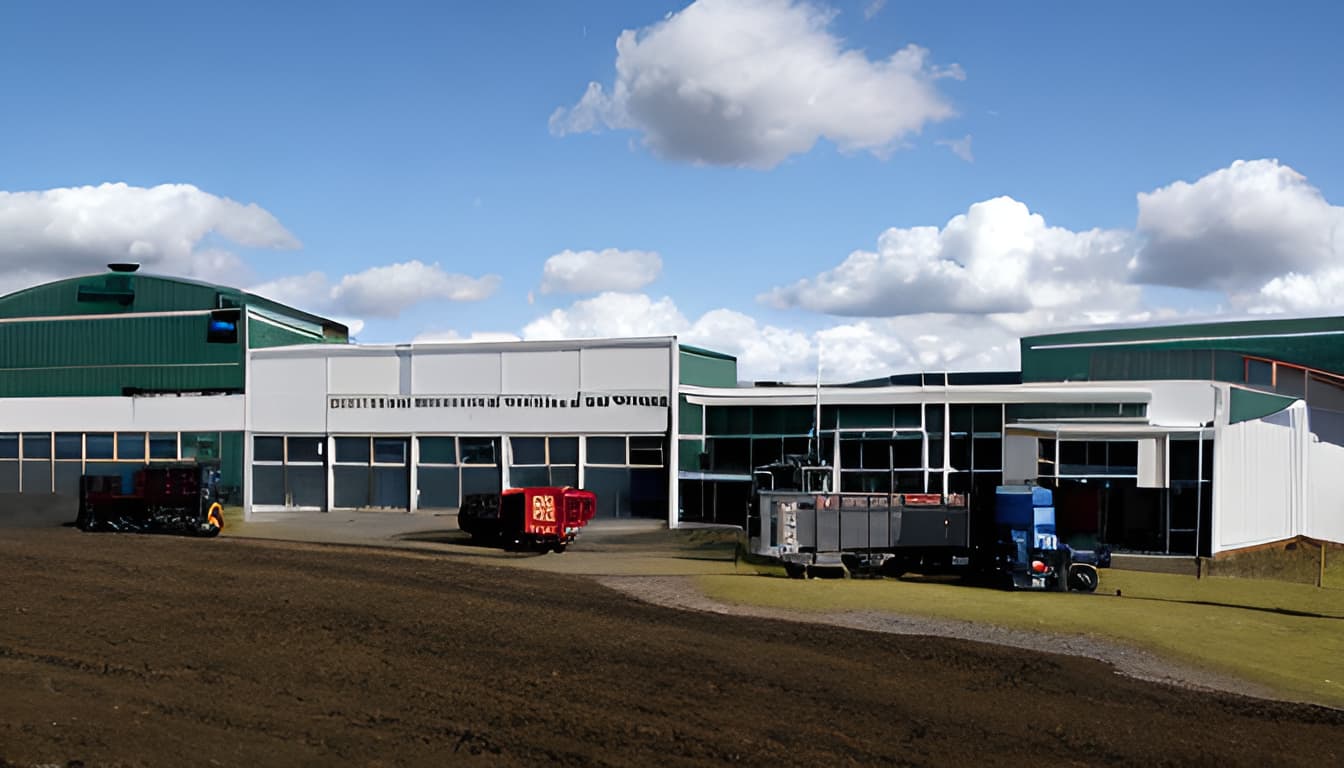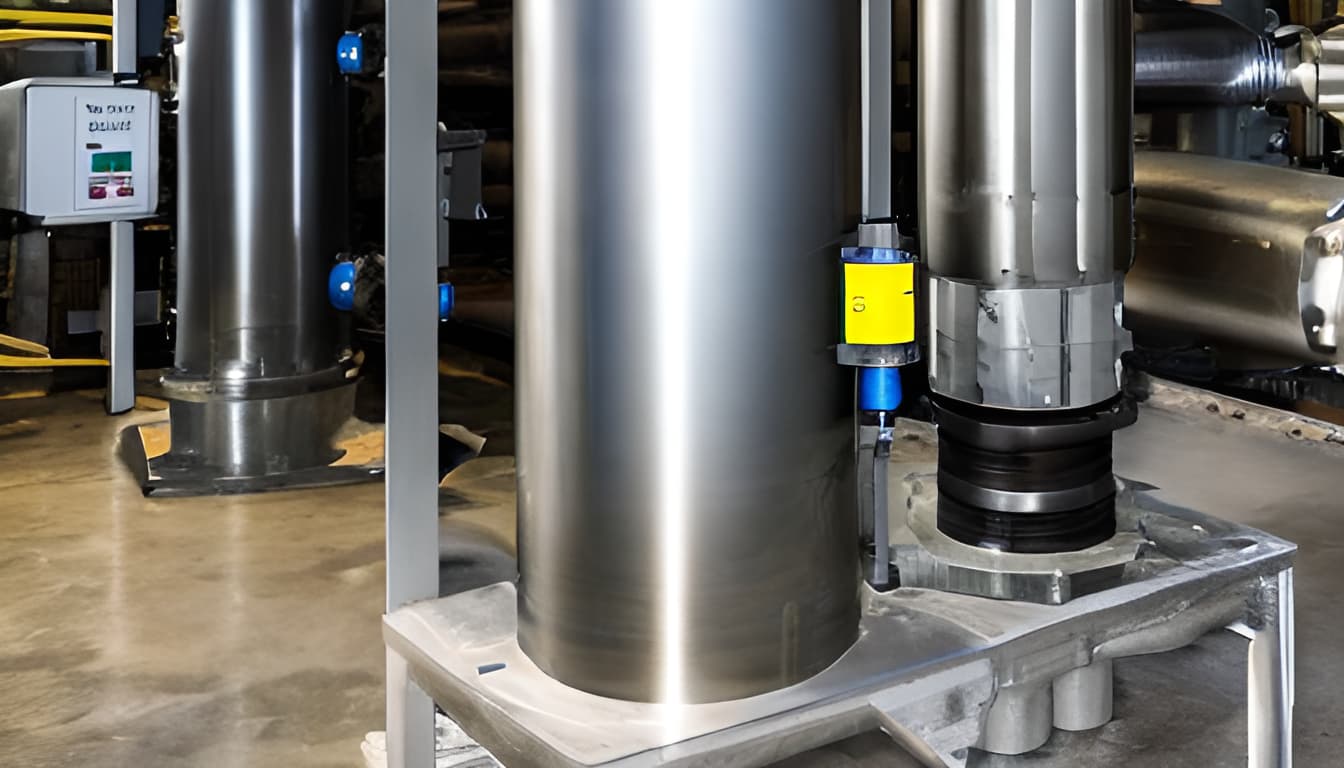KMC ball valves, often overlooked but crucial in industrial applications, contribute significantly to environmental sustainability. They help minimize ecological footprints and optimize resource utilization. In this context, this article explores the environmental advantages of using KMC ball valves in various industrial settings, emphasizing their role in promoting a sustainable future.
Understanding Ball Valves
Before we delve into the manifold environmental advantages of KMC ball valves, it is essential to grasp their essence and the mechanics that render them indispensable in various industries. Ball valves, in essence, are mechanical devices employed for controlling the flow of fluids, whether liquids or gasses, through a network of pipes or tubing. Their design, deceptively simple yet highly efficient, consists of a spherical ball equipped with a hole, known as a port, through which the fluid traverses. The magic happens when the ball is rotated 90 degrees, causing the valve to either open or close, thus regulating the flow of fluid with precision.
Environmental Challenges in Industry
To appreciate the significance of BRAY CCV ball valves in promoting sustainability, it is imperative to acknowledge the environmental challenges that industries confront today. These challenges encompass a broad spectrum, ranging from energy consumption and greenhouse gas emissions to water utilization and waste generation. Industries, driven by both regulatory pressures and an ethical obligation to protect the planet, are now under increasing scrutiny to adopt eco-friendly practices that reduce their environmental impact.
Key Environmental Benefits of Ball Valves
Energy Efficiency
Arguably one of the most significant environmental benefits of ball valves lies in their contribution to energy efficiency. In numerous industrial processes, maintaining precise control over fluid flow is imperative. Ball valves excel in this domain, offering the capability to swiftly and accurately regulate fluid flow rates. This translates into a substantial reduction in unnecessary energy consumption, especially in systems where frequent adjustments are requisite.
Reduced Emissions
Precision control extends its eco-friendly embrace by leading to reduced emissions of harmful gases. Industries such as petrochemical and manufacturing rely on ball valves to manage processes that may involve the release of potentially hazardous emissions. The ability of ball valves to shut off fluid flow completely when necessary proves invaluable in minimizing the release of pollutants into the environment, contributing significantly to emissions reduction.
Water Conservation
In a world grappling with water scarcity, industries that consume substantial quantities of water must actively seek methods to conserve this finite and precious resource. Ball valves come to the rescue by featuring prominently in water management systems, from water treatment plants to irrigation networks. Their impeccable sealing capability ensures that water is delivered with pinpoint accuracy to the intended destination, minimizing wastage and promoting responsible water usage.
Minimal Maintenance
Another noteworthy environmental benefit of ball valves is their minimal maintenance requirements. Unlike some other valve types that may demand frequent repairs or replacements, ball valves are renowned for their durability and longevity. This translates to fewer resources consumed in the manufacturing and maintenance of valves, contributing to overall resource conservation and reducing the environmental burden.
Innovative Applications
Innovation, as is often the case, plays a pivotal role in advancing sustainability, and ball valves are no exception. Forward-thinking industries are exploring innovative applications of ball valves to elevate their sustainability efforts to new heights. For instance, the integration of smart valve systems can enable real-time monitoring and optimization of fluid flow, further enhancing energy efficiency and reducing waste. These systems have the potential to revolutionize how industries manage their resources while minimizing their environmental impact.
The Future of Sustainable Valve Technology
As industries continue their relentless pursuit of sustainability, the role of ball valves in sustainable practices is poised to expand. The future promises even more advanced materials and designs that maximize efficiency while minimizing environmental impact. Additionally, increased connectivity and data-driven decision-making will play a significant role in optimizing the use of ball valves, ensuring that they operate at peak efficiency with minimal environmental repercussions.
Conclusion
In conclusion, ball valves, often overshadowed by more complex industrial components, play an understated yet invaluable role in numerous industrial processes. Their environmental benefits, including energy efficiency, reduced emissions, water conservation, and minimal maintenance, make them unsung champions of sustainability. As industries earnestly strive to reduce their ecological footprint, ball valves stand as valuable allies in the quest for a greener and more sustainable future.
Ball valves, though small in stature, wield a substantial impact on the environment. By recognizing their environmental benefits and incorporating them into their operations, industries can pivot towards a more sustainable and eco-friendly trajectory. These unassuming valves not only facilitate the efficient management of resources but also epitomize the notion that even the simplest solutions can bring about profound environmental change. In the grand scheme of industrial sustainability, ball valves are, without a doubt, a crucial piece of the puzzle.



